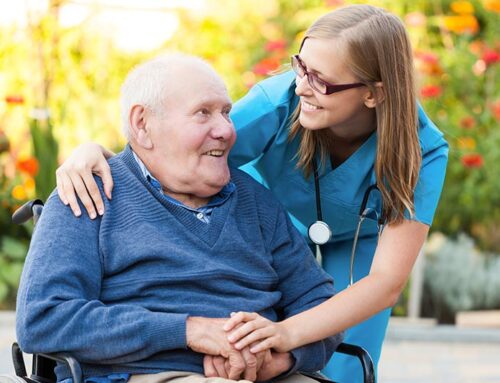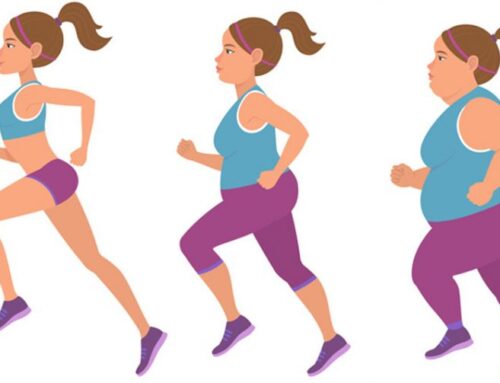Massage has been shown to reduce stress and promote relaxation. It can activate the parasympathetic nervous system, which lowers your heart rate, blood pressure, and stress hormones during a massage.
Massage therapists use a variety of techniques to manipulate your muscles and soft tissues. It’s not uncommon to walk out after a session with slightly tender muscles, especially after deep tissue massage*.
A commonly held belief is that massage* may cause headaches by releasing toxins from the muscle tissue into the bloodstream. There isn’t any research to support this idea.
But it’s true that many people do experience headaches during or after a massage*. Here are more likely explanations for getting a headache during or after a massage, and how you might prevent it.
Massage-triggered headache
Here are several possible causes of a headache triggered by massage:
- Irritants or sensitivity. It’s possible you’re sensitive to, or have an allergy to, a product in the massage space. This includes products such as the cleaning agents used, perfume or incense, detergent used to launder the linens, or an ingredient in the massage oil.
- Dehydration. Dehydration on its own can cause headaches. Leading up to the massage, if your baseline hydration is low and combined with massage, this can cause a headache. Having your muscles manipulated and in some cases pressed on deeply can amplify this.
- Too much pressure. The massage might be too much pressure for a particular person’s body. During a deep tissue massage*, if the therapist applies too much pressure, it can cause sore muscles, muscle bruising, and increased blood circulation, which may trigger a headache.
- Positional blood pressure changes. People experience changes in blood pressure when standing after being seated or laying down for a period of time. Orthostatic hypotension, or postural hypotension, is a type of low blood pressure that you might be experiencing. Headache can be one of the symptoms of hypotension.
Pressure matters
During a deep tissue massage, the massage* therapist targets deep layers of muscle and fascia. This often involves a great deal of pressure and can be quite painful when your therapist presses hard into areas of tight or knotted muscle. They may use deep strokes or small circular motions.
One small studyTrusted Source found that moderate-pressure massages stimulated the parasympathetic nervous system more than low pressure-massages.
Activating the parasympathetic nervous system can affect blood pressure, which in turn can affect headaches.
Massage Therapy to Ease Headaches and Tension Start by placing your thumbs on your cheekbones close to your ears, and use your fingertips to gently apply pressure and rub the temples (the soft spot between the corner of your eye and your ear). Where should I massage if I have a headache?
What causes headaches in general?
To understand headaches after massage*, let’s recap some general info about headaches. Headaches range in intensity from mild to very severe pain. The pain can be described as sharp, shooting, throbbing, dull, squeezing, or aching.
The most common type of headache is a tension headache. It often feels like a band being tightened around the head and may be accompanied by neck pain. If you’re experiencing a headache after a massage*, it’s most likely a tension headache.
Here are some common causes of headaches in general:
- Blood pressure changes. One mechanism that may produce various types of headaches is the rapid constricting or dilating of blood vessels in the head. This can be the result of dehydration, hormonal changes, stress, eating certain foods, muscle tension, sex, extreme heat or cold, exercising, or sleeping too much.
- Irregular schedule, stress, and less sleep. Contributing factors for tension-type headaches include stress, emotional and mental conflict, irregular diet, an irregular meal schedule, strenuous exercise, depression, and disrupted sleep patterns.
- Hormone changes. Another common cause of headaches are hormone changes. Although big hormone changes are most often thought of in association with menstruation, pregnancy, menopause, or use of hormone replacement and oral contraceptives, hormone levels naturally change in both men and women.
- Not enough water. Dehydration, or not drinking enough water, is another common cause of headache.
Tips for preventing headache after massage
To prevent a headache after your massage*, consider these tips:
- Tell your massage therapist about your concerns.
- Speak up during the massage. For example, give feedback when it’s a good amount of pressure and when it’s too much.
- Avoid deep tissue massages.
- Be very clear about the level of pressure you want.
- Avoid full-body massages and book a head, foot, or hand massage instead.
- Drink at least eight ounces of water before and after your massage*.
- Increase your water intake for two days following a massage*.
- Avoid drinking alcohol the night before and night of your massage*.
- Have a light snack after your massage.
- Ask your therapist to recommend some good post-massage stretches.
- Take a warm or cool shower after your massage.
16 alternatives to deep tissue massage
If headaches after full-body deep tissue massage* are a problem for you, consider these alternatives:
- Acupressure. Practitioners massage and manipulate pressure points with their hands to promote healing.
- Acupuncture. Acupuncture is the ancient Chinese practice of inserting small needles into specific pressure points to promote healing and relaxation.
- Aromatherapy massage. Aromatherapy massages are geared toward relaxation rather than deep pressure. The therapist relies on essential oils that are meant to be relaxing or invigorating.
- Cryotherapy. Cryotherapy uses cold temperatures to ease pain and inflammation. Ice can be applied directly to the body or you can enter a cryotherapy tank.
- Facial. During a facial, technicians exfoliate and moisturize the skin while massaging the face.
- Foot massage. Massage* therapists focus on the feet and lower legs to promote calm and relaxation.
- Head and neck massage. This relaxing massage helps loosen tight neck muscles, a common cause of headaches.
- Hot stone massage. This technique focuses on relaxation by using warm, smooth stones and light to moderate pressure.
- Hot tub. A hot tub or warm bath can induce a state of relaxation while soothing sore muscles with the power of heat.
- Meditation. The ancient practice of meditation can be used to promote feelings of peace and well-being.
- Physical therapy. A physical therapist helps treat sore and damaged muscles by teaching you healing stretches and exercises.
- Reflexology massage. This ancient massage technique allows practitioners to target the whole body through the hands, ears, and feet.
- Reiki. This Japanese technique uses energy transfer to promote healing and relaxation. Practitioners put their hands on or close to you, but do not massage your body.
- Sauna. Frequent sauna use has been linked to reducing inflammation and soreness in muscles.
- Stretch. Stretching isn’t just for warmups or cooldowns for exercise. A regular stretching routine is also effective at relaxing muscles.
- Yoga. Practicing yoga can allow you to relax your mind while stretching and strengthening your muscles.
The takeaway
Massage* can cause headaches in some people, although the exact causes may vary. It may be connected to the systemic effects of massage on the nervous or lymphatic systems. It may also be connected to hydration levels.
Remember that it’s always a good idea to drink plenty of fluids. If traditional massages continues to give you headaches, there are many alternatives you can try.



